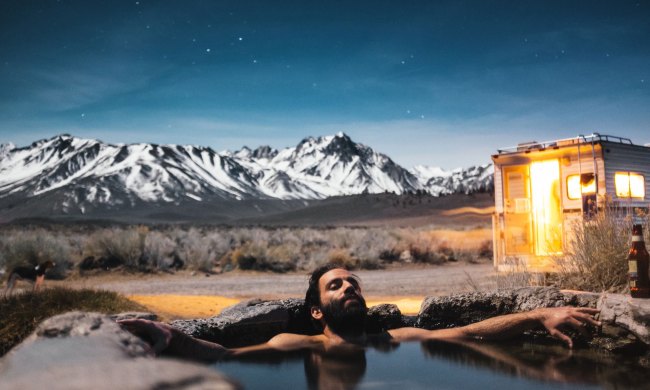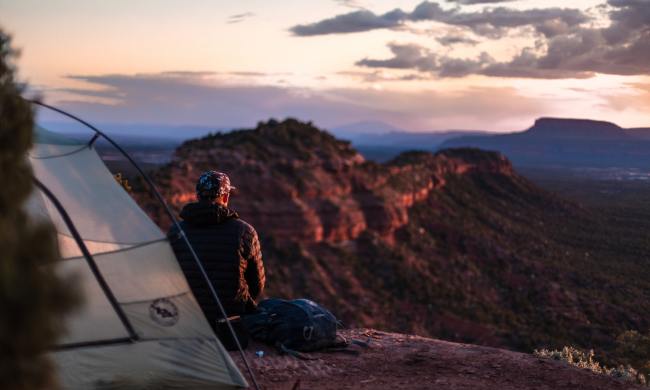In recent years, unfortunately, Idaho has become known primarily as the setting for the hit indie comedy, Napoleon Dynamite. However, the state contains some of the most breathtaking scenery in the entire United States—long stretches of plain, punctuated by vast western peaks.
Now that spring is fully on its way (even though it may not feel like it everywhere), it’s time to start thinking about camping trips and venturing into the great outdoors. And, if you are a wilderness lover, Idaho’s Bruneau Dunes State Park should be the first open air destination that is placed on your spring and summer “To-Do List.”
Bruneau Dunes State Park is actually open all year round, but for the average outdoorsman the nice weather months are clearly the optimum time to enjoy one of the most unique landscapes Idaho has to offer. Bruneau features the tallest single-structured sand dune in North America, which tops out at 470 feet. That sand-peak and the rest of the dunes rise above several small lakes that are perfect for swimming or bluegill fishing.
The other main attraction of the Bruneau Dunes State Park is its fantastic Observatory. The Observatory itself is only open on Fridays and Saturdays from April through mid-October. With wide-open, western skies, the view of the stars and distant galaxies at the Observatory are some of the most magnificent and eye-opening that any camper can hope to experience. It allows for the kind of panoramic and deep gaze into the nighttime sky that any city dweller finds hard to come by.
As far as camping goes, there are a variety of options available. There are 82 campsites with access to water and electric hookups for RV access, and for traditionalists there are 31 standard group camping sites. In addition, Bruneau State Park offers two one-room cabins that can sleep up to five on bunk beds and futons. The cabins cost $50.00 per night to rent and feature air conditioning, power and heat, making them a perfect option for a comfortable out-of-doors experience in any season.
With spring and summer upon us, why take the same old vacations? Instead, head to Bruneau State Park, see the stars and discover the otherworldly beauty one of America’s most overlooked states.


